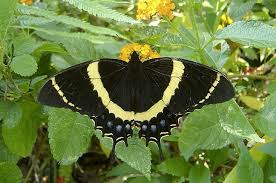Caring for the Pupae
Generally, speaking, pupae that arrive by courier or post are packed in layers of cotton wool, in a strong cardboard box. This suffices for all journeys we have experienced, unless the package is mistreated.
The first thing to do is unpack the pupae, being careful to remove all traces of the cotton wool as this can cause problems for the emerging adult.
Assuming all this is okay, the next thing to do is to prepare the pupae for emergence.
Sticking Pupae for Emergence
Lengths of split cane can be used combined with solvent free glue. We use EVO-STIK STRONG STUFF which is polymer based . If the silk thread on the abdomen of the pupae is intact, this can be used to suspend the pupa. If not, the pupa is then attached to the cane with a small (this is the important bit regarding glue – small) spot of glue on the abdomen
If glue is used, allow to set for 1-2 hours then the canes with fixed pupae can be suspended for emergence in the emerging box. Butterfly pupae must never be suspended in open cages or they will simply dehydrate.
We use large polystyrene boxes which are not open to the elements. In fact the opposite. Our boxes are kept completely closed without any direct sunlight (Box lid is on). Kitchen paper is then placed thickly on the floor of the box and dampened down with water. The sides are misted with water. We do not spray the pupae directly as the temperature of the water can affect emergence and as the butterfly forms inside the pupa, It becomes porous and therefore can allow water inside which will affect the butterfly when it tries to emerge.
Note: Large, heavy pupae of Hawk and Silkmoths (without cocoons) can never be suspended.
Environmental Conditions
The best conditions required to emerge pupae successfully are:
1. A constant temperature, ideally around 22 degrees centigrade.
2. A constant and high level of humidity (80%+).
3. Protection from direct light or other harsh conditions (draughts, etc).
4. Protection from predators.
The Emerging Box
A dynamic example

